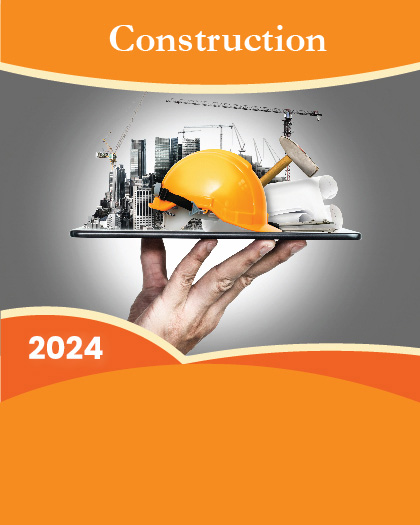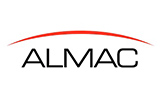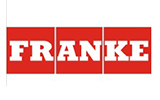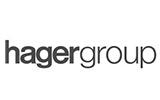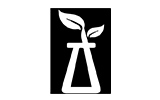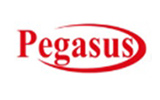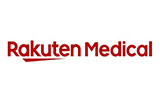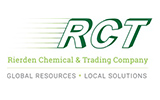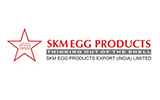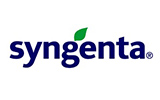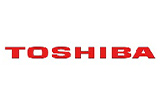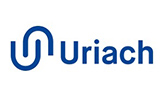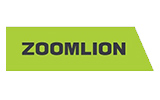
The global construction aggregates market size was US$ 375.3 billion in 2021. The global construction aggregates market size is estimated to reach US$ 607.6 billion by 2030, growing at a compound annual growth rate (CAGR) of 5.05% during the forecast period from 2022 to 2030.
Construction aggregate is the most commonly mined and granular product on the globe and is the basic element of composite materials such as asphalt concrete and concrete. These materials are extracted from natural sediments such as granite and limestone by piercing and bursting rocks into smaller pieces. These are used as essential materials for highways, airport runways, parking lots, and railroads. They are also used for purification, water filtration, and control of soil erosion. Due to the reduction in the production of natural resources used for construction applications, construction aggregate has become an important material for construction applications. Moreover, due to serious concerns about the depletion of natural resources, construction remains a component of total infrastructure, and industrial, commercial, and housing development projects.
Factors Affecting Market Growth
The innovation in the construction sector, and fast growth in the residential sector due to growing industrialization and urbanization are the factors anticipated to drive the global market.
The increasing investments in the expansion of recreational projects are anticipated to drive the global market.
Innovations in technologies for the production of aggregates to boost the efficiency of the manufacturing procedure and productivity with high-quality products are anticipated to drive the global market.
Increased transportation expenses in the construction aggregates may impede market growth.
Impact Analysis of COVID-19
The COVID-19 outbreak had a negative impact on the construction aggregates market. Governments worldwide imposed lockdowns in order to curb the spread of the virus, which resulted in delays in manufacturing activities. In addition, this also affected the supply chain, which impacted transportation and construction activities. This led to a drop in the manufacturing of construction aggregates as well as their need in the global market resulting in hindering the growth of the global market. In addition, industries are slowly restarting their regular manufacturing and services. This is anticipated to allow construction aggregates companies to continue at their full capacity, which is anticipated to help the global market to recover by the end of 2022.
Regional Analysis
North America dominated the global construction aggregate market due to the increasing number of house construction activities and a growing number of housing refurbishments. A large number of housing and renovation activities are rising, which drives the growth of the global market.
The Asia Pacific region is anticipated to witness significant growth over the forecast period due to the rapid rate of urbanization and industrialization as well as an increasing number of city constructions in emerging economies. In addition to this, the rising number of public buildings such as colleges, schools, malls, and others also drives the demand for construction materials, thereby boosting the global market growth in the region.
Leading Competitors
The prominent players in the global construction aggregates market are:
Vulcan Materials Company
Vicat SA
SIKA Group
Rogers Group Inc
Martin Marietta Materials Inc
Holcim Ltd
Heidelbergcement AG
CRH
CEMEX S.A.B. de C.V
Adelaide Brighton Ltd
Others
Segmentation Analysis
The global construction aggregates market segmentation focuses on Type, Applications, Transportation Mode, and Region.
Segmentation on the basis of Product Type
Sand & Gravel
Crushed Stone
Segmentation on the basis of Applications
Residential
Non-Residential
Segmentation on the basis of Transportation Mode
Ship
Train
Truck
Segmentation on the basis of Region
North America
The U.S.
Canada
Mexico
Europe
Western Europe
The UK
Germany
France
Italy
Spain
Rest of Western Europe
Eastern Europe
Poland
Russia
Rest of Eastern Europe
Asia Pacific
China
India
Japan
Australia & New Zealand
ASEAN
Rest of Asia Pacific
Middle East & Africa (MEA)
UAE
Saudi Arabia
South Africa
Rest of MEA
South America
Brazil
Argentina
Rest of South America

